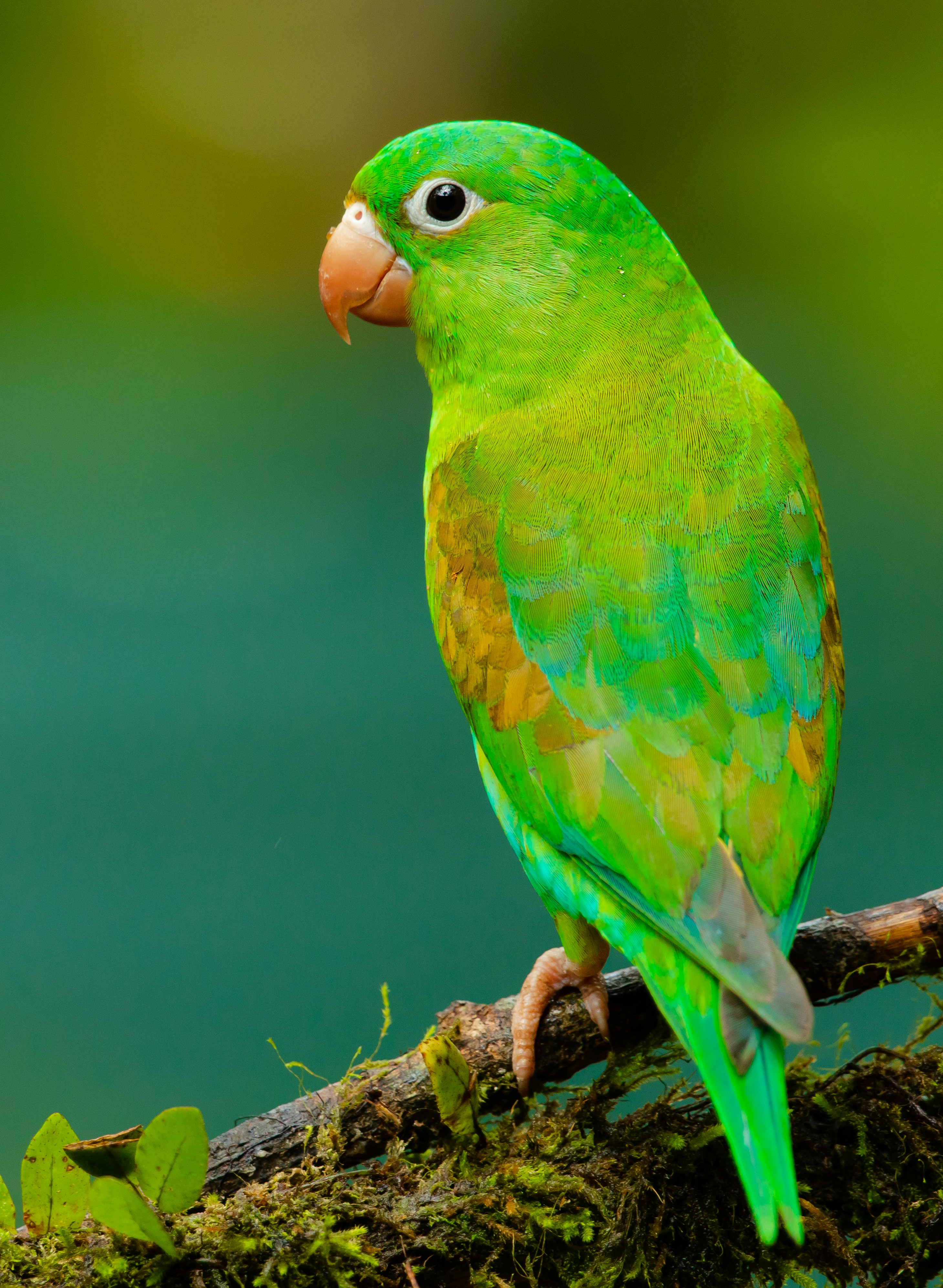Evolution Triumphant
How Darwin's Finches Rewrote the Book of Life
American Museum of Natural History, New York City
November 2005 to August 2006
Introduction: A Spark of Insight
In 1835, a young Charles Darwin stepped onto the volcanic shores of the Galápagos Islands and encountered a group of unassuming birds. These finches—with their varied beaks—would later ignite his revolutionary theory of natural selection.
The Evolution Triumphant exhibit at the American Museum of Natural History (AMNH) resurrects this pivotal moment, showcasing how these "humble sparrows of science" transformed our understanding of life's interconnectedness. Two centuries later, their story continues to reveal explosive insights into adaptation, genetics, and survival in a changing world 1 7 .

One of Darwin's finches from the Galápagos Islands
Part 1: Darwin's Eureka Moment
The Beagle's Overlooked Treasure
Darwin initially paid little attention to the Galápagos finches, focusing instead on geology and mockingbirds. Only after ornithologist John Gould identified 12 distinct species from Darwin's specimens did their significance emerge. Gould's revelation: these birds shared a common ancestor but had diverged in beak shape to exploit different foods.
"One might really fancy that from an original paucity of birds... one species had been taken and modified for different ends."
Adaptive Radiation: Evolution's Creative Burst
The finches exemplify adaptive radiation—a single ancestor diversifying into multiple species to fill ecological niches. Isolated on islands for 2–3 million years, the founding finches evolved beaks optimized for specific diets:
- Seed-crushing (large ground finch)
- Insect-probing (warbler finch)
- Cactus-flower opening (cactus finch)
This "perfect gradation in beak size" became Darwin's prime evidence for natural selection 1 .
Finch Beak Adaptations
| Species | Beak Shape | Primary Diet |
|---|---|---|
| Large Ground Finch | Massive, stout | Hard seeds |
| Warbler Finch | Thin, pointed | Insects |
| Cactus Finch | Long, pointed | Cactus fruit/pollen |
| Sharp-beaked Finch | Sharp, dagger-like | Seeds, insects, blood |
Part 2: The Grants' Living Laboratory
The 40-Year Experiment
While Darwin's work was historical, biologists Peter and Rosemary Grant documented evolution in real-time on Daphne Major Island. Their methods revolutionized field biology:
Capture
Mist nets used to trap finches.
Tagging
Leg bands for individual tracking.
Morphometry
Calipers measured beak depth/length to 0.01 mm.
Census
Annual population counts and pedigree mapping.
Environment
Seed abundance/type recorded during droughts or floods .

The Drought That Changed Everything
In 1977, a catastrophic drought struck Daphne Major. Small seeds vanished, leaving only tough Tribulus seeds. Results were stark:
- Finch population plummeted from 1,400 to 200.
- Survivors had beaks 4% deeper than pre-drought birds—better suited to crack hard seeds.
- Offspring inherited deeper beaks, proving selection's power to alter traits in one generation .
Beak Depth Shift During Drought (1977–1978)
| Year | Avg. Beak Depth (mm) | Population | Dominant Food |
|---|---|---|---|
| 1976 | 9.2 | 1,400 | Small seeds |
| 1978 | 9.6 | 200 | Tribulus seeds |
Part 3: Genes, Hybrids, and Surprises
Decoding the Finch Genome
Modern genetics has pinpointed the drivers of beak diversity. Key findings:
- IGF2R and POU1F1 genes control beak depth/length variations 4 .
- Hybridization between species introduces novel traits, like the "Big Bird" lineage on Daphne Major—a new finch species observed emerging in just 3 generations .
Blood-Drinking Vampires?
On Wolf Island, sharp-beaked finches (Geospiza difficilis) exhibit a macabre adaptation: pecking at boobies' feathers to drink blood—a survival tactic in barren environments. This showcases evolution's relentless innovation .

Part 4: Conservation and Legacy
The Fragile Future
Despite their resilience, finches face modern threats:
Threats to Finches
- Invasive flies (Philornis downsi) parasitize nestlings, killing up to 95% of chicks.
- The mangrove finch (Camarhynchus heliobates) is critically endangered, with only 100 left .
The Scientist's Toolkit: Decoding Evolution
| Tool/Reagent | Function | Breakthrough Enabled |
|---|---|---|
| Microsatellite DNA | Tracks genetic diversity across populations | Revealed gene flow between species |
| Mist nets | Safely captures birds for measurement | Enabled long-term individual tracking |
| Digital calipers | Measures beak morphology to 0.01 mm precision | Quantified selection during droughts |
| Song playback devices | Tests mate recognition barriers | Showed song divergence drives speciation |
Conclusion: The Unfinished Symphony
Darwin's finches remind us that evolution is not a relic of the past but a living, breathing process. As the AMNH exhibit reveals, these birds are still adapting—offering a front-row seat to nature's greatest show. In Darwin's words, they exemplify "endless forms most beautiful and most wonderful"—a testament to life's relentless creativity 2 6 .
"Evolution Triumphant" was on view at the American Museum of Natural History from November 2005 to August 2006, featuring specimens from Darwin's voyage, the Grants' field notes, and interactive displays of adaptive radiation.